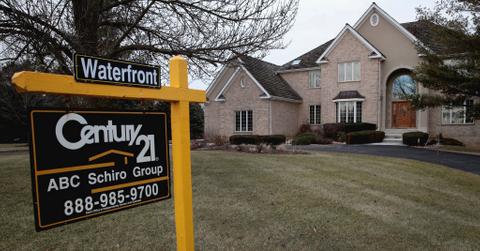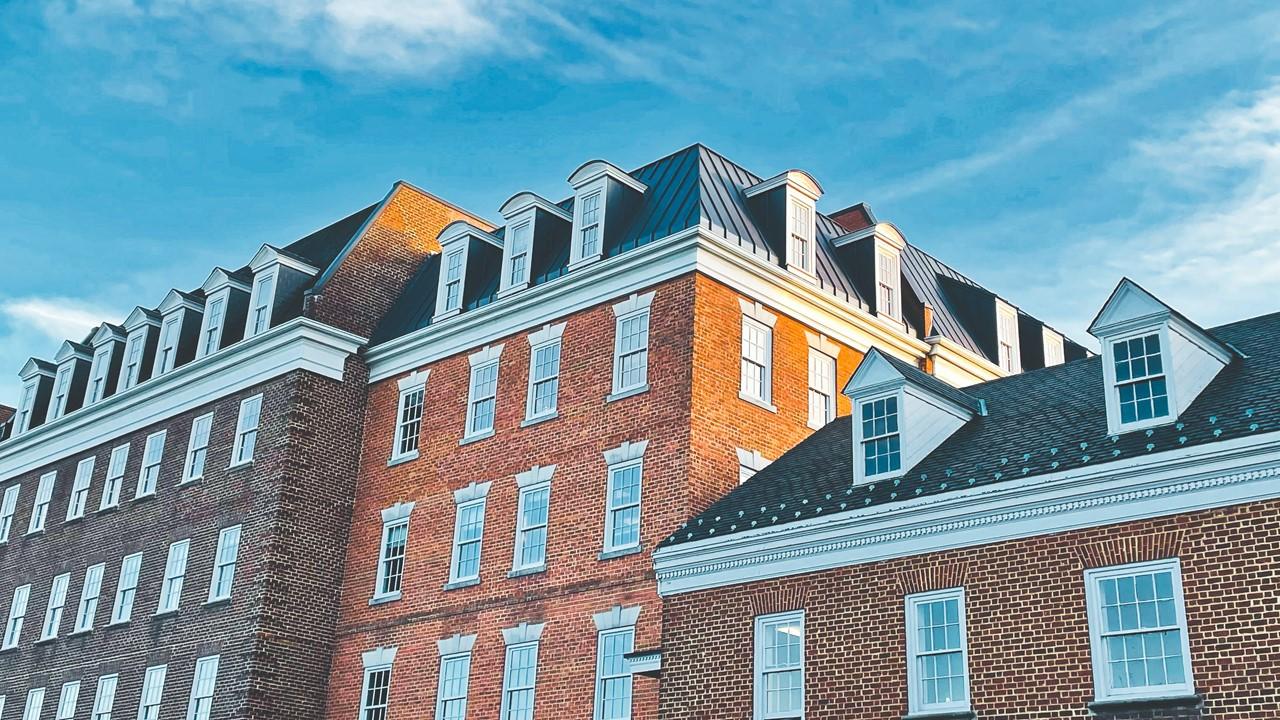Tell-Tale Signs of a Housing Market Crash and Why We May Not See One Soon
Are we approaching a housing market crash? Here are housing market crash signals to look out for. Will economic turbulence impact the housing market?
March 14 2022, Published 1:05 p.m. ET
While the median home price rose 16.9 percent in 2021 to reach $346,900, as reported by CNN, home values this year may not see such strong boosts. Freddie Mac predicts that housing price growth in 2022 will be less than half of last year’s, which suggests a cool-down for what has proven to be a red-hot housing market. Does that mean a housing market crash is imminent?
Not quite. Here are tell-tale signs of a housing market crash and why we may not see one just yet.
Why do housing market crashes occur?
Housing market crashes generally occur when a housing bubble expands so much that it can't sustain the current prices. Housing bubbles can pop, leading to a market crash, due to a number of larger economic factors that are happening simultaneously. These factors include economic downturns, interest rate hikes, and drops in demand (particularly below supply levels).
What are the signs of a potential housing market crash?
1. Housing prices cool down after a period of rapid increases in value.
Housing growth is poised to be much lower in 2022 than it was last year. A consistent period of immense home value growth followed by a leveled-off period without growth can reflect a looming housing market crash.
The likelihood of a market crash may be higher if home prices remain level for a longer period of time.
2. Mortgage balances increase to an unsustainable level.
Home buyers are taking out larger mortgages these days, and that makes sense given the inflated housing market. By 2022 in the U.S., the baseline conventional mortgage loan limit jumped 18.05 percent to $647,200 for one-unit properties.
Still, this could signal a housing market crash if too many buyers take out loans that they can't sustain. If that’s the case, homebuyers could all try to sell their homes simultaneously, which would cause an imbalance in the supply and demand in the housing market.
3. Mortgage rates increase by a lot.
Mortgage rates are expected to rise in 2022, potentially reaching 4 percent by the end of the year, according to the chief economist for the Mortgage Bankers Association (MBA) Michael Fratantoni. If mortgage rates rise enough to cool demand below supply, it could be a sign of a looming housing market crash.
4. Too many homebuyers don’t put money down.
When you don’t put money down on a home, you could be forced to pay PMI (private mortgage insurance). This can get expensive with the average PMI for a conventional home loan ranging from 0.58 percent–1.86 percent (on top of your existing mortgage interest rate amortization).
If you don’t put money down and your home’s value falls, you may owe more than you sell your home for — something known as going underwater. This was a big factor in the 2008 housing market crash, at the height of which a quarter of U.S. homeowners were underwater on their mortgage.
Is there a housing bubble to pop?
Some experts say the current housing market isn't a bubble, but rather an amalgam of extraordinary circumstances caused by the COVID-19 pandemic, economic stimulus from the government, and massive demand. Because demand still outweighs supply by a prominent margin, there isn't a housing bubble to pop.
However, experts generally agree that home buyers and sellers can expect a cooling housing market for the rest of 2022. If this cool-down persists, it could suggest a crash in the future. However, there will likely be myriad steps before that happens.


